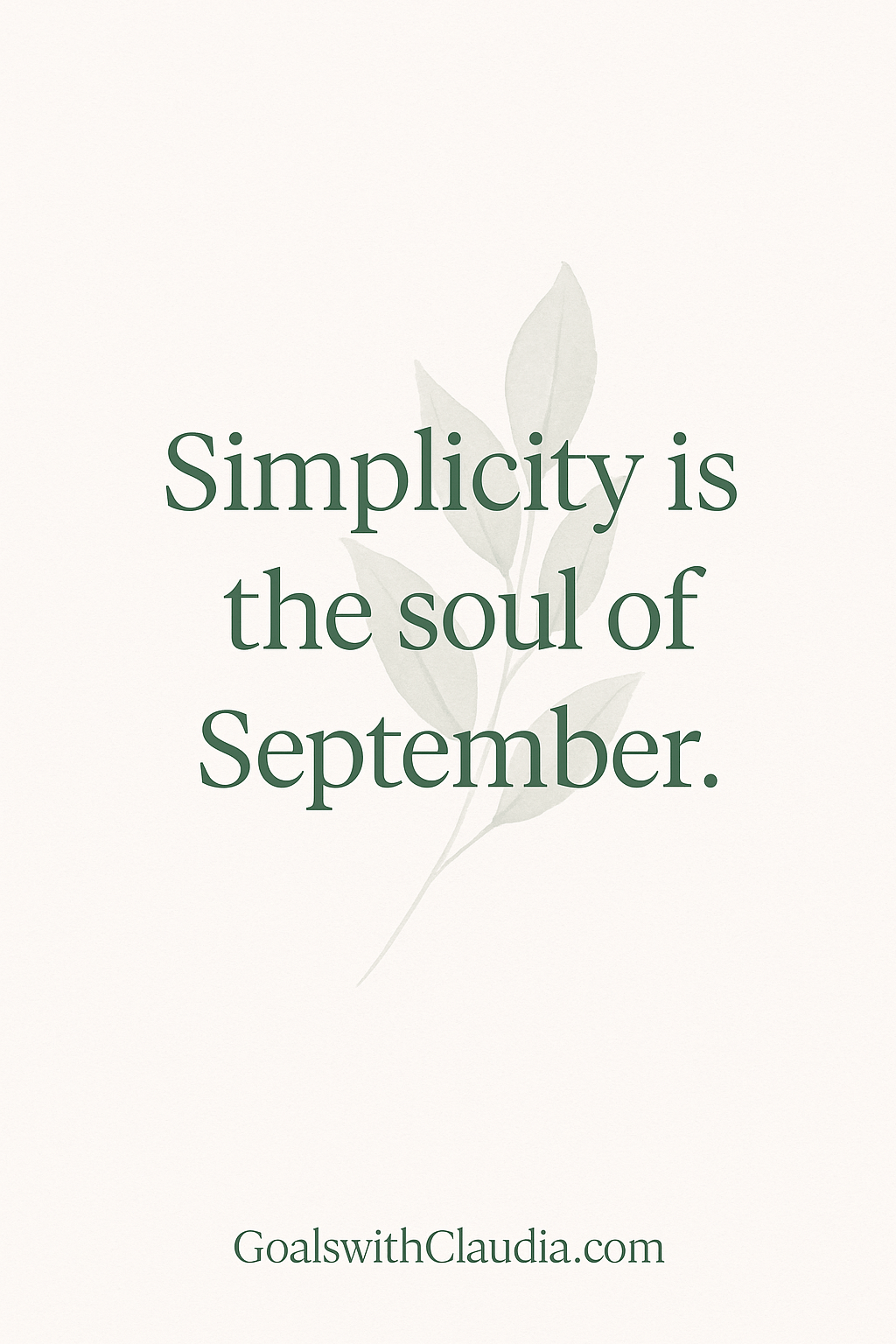Your cart is currently empty!
📚 Teach Kids About Money + Free Printable
-

• September 23,2025
As kids head back to school, we’re all thinking about routines, homework, and supply lists — but what about money?
Financial literacy is one of the most important life skills we can give our kids, and the earlier we start, the better. Whether your child is learning to count coins or managing birthday money, this school year is the perfect time to weave money lessons into everyday life.
Here’s how to keep it simple, meaningful, and age-appropriate — no lectures or spreadsheets required!
🧒 Start With What They Already Know
Even young kids understand the basics of money — especially when it comes to spending it! Whether it’s asking for snacks at the store or saving up for a new toy, their curiosity is already there. The key is to meet them where they are.
- Ages 5–7: Talk about needs vs. wants, saving in a piggy bank, or earning small rewards.
- Ages 8–10: Introduce the idea of budgeting allowance money or setting a savings goal.
- Ages 11–12: Dive into more advanced ideas like tracking spending or saving for bigger goals.
Kids love to feel capable — and when you give them tools they can use, it builds real confidence.
💵 Make It Hands-On
Kids don’t learn about money by watching — they learn by doing.
Here are a few simple ways to bring money lessons into real life:
- Let them help with grocery shopping or comparing prices
- Use clear jars labeled “Spend,” “Save,” and “Give”
- Start an allowance system tied to simple chores
- Let them decide how to spend (or save!) their own birthday money
Even 5–10 minutes a week can make a big difference.

📘 Use Resources That Work
To make this easy for families, I created a Financial Literacy Workbook for Kids designed for ages 7–12. It’s colorful, engaging, and full of real-world tools that kids enjoy using — including a Needs vs. Wants worksheet, a Money Goals page, and a dragons-and-dollars themed Allowance Tracker.
👉 Grab the full workbook here to help your kids start the school year financially smart and confident. https://bit.ly/4nSbSCJ
Not ready for the full workbook? You can also download a free Allowance Tracker below to get started today.
💬 Teach Through Conversations, Not Lectures
Money doesn’t have to be a big formal topic — in fact, the best lessons come from casual, everyday conversations.
Try these:
- “Why do you think we’re buying the store-brand cereal today?”
- “Do you want to save for something big or spend a little now?”
- “Let’s look at this receipt together and see where the money went.”
When you talk about money openly and calmly, kids learn that it’s not scary — it’s just part of life.
🌱 Don’t Aim for Perfect — Aim for Progress
You don’t have to teach everything at once. Start small, keep it fun, and let your child’s questions guide you.
Whether it’s their first piggy bank or their first savings goal, the steps you take now will help them build healthy money habits for life.
🖨️ Free Download: Allowance Tracker for Kids
Click below to download your free printable Allowance Tracker — a great first step for helping kids manage their money with confidence.
📥 Download the Free Allowance Tracker here – https://shorturl.fm/uGCbh
💡 Final Thoughts
Teaching kids about money doesn’t have to be one more overwhelming “to-do.” In fact, it can be one of the most meaningful things you teach them all year.
Start simple. Stay consistent. And remember — it’s not about perfection. It’s about giving your child the confidence to make smart, thoughtful decisions with their money.
Here’s to a smart, peaceful school year — and a financially confident future. 💚




Leave a Reply